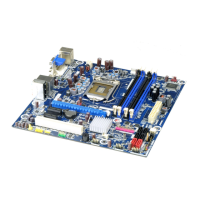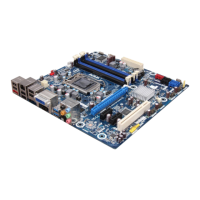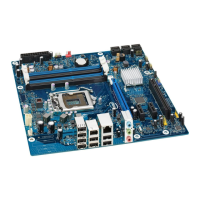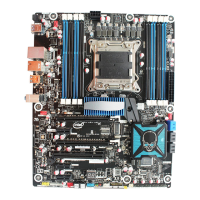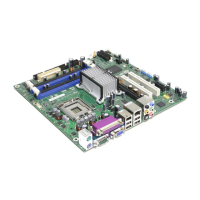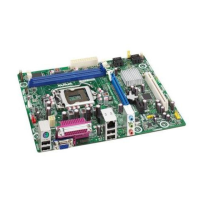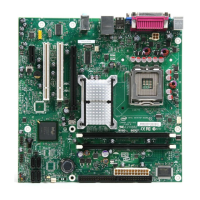Intel Desktop Board DQ45CB Product Guide
20
• Intel Virtualization Technology (Intel
®
VT) for Directed I/O (Intel
®
VT-d)
Intel VT-d provides additional performance, security and flexibility by providing the
VMM with the following capabilities:
⎯ I/O device assignment: for flexibly assigning I/O devices to VMs and extending
the protection and isolation properties of VMs for I/O operations.
⎯ DMA remapping: for supporting independent address translations for Direct
Memory Accesses (DMA) from devices.
⎯ Interrupt remapping: for supporting isolation and routing of interrupts from
devices and external interrupt controllers to appropriate VMs.
⎯ Reliability: for recording and reporting to system software DMA and interrupt
errors that may otherwise corrupt memory or impact VM isolation.
NOTE
Intel VT requires the use of a processor with Intel VT support. Additionally, a third-
party VMM may also be required.
Intel
®
Trusted Execution Technology
(Intel
®
TXT)
Intel
®
Trusted Execution Technology (Intel
®
TXT) is a highly versatile set of hardware
extensions to Intel
®
processors and chipsets that, with appropriate software, enhance
the platform security capabilities. Intel TXT will provide a hardware-based security
foundation that will help enable greater levels of protection for information stored,
processed and exchanged on the PC.
Intel Trusted Execution Technology capabilities include:
• Protected execution and memory spaces where sensitive data can be processed out
of view of any other software.
• Sealed storage shields encryption keys and other data from attack while in use or
stored.
• Attestation enables a system to provide assurance that it has correctly invoked the
Intel Trusted Execution Technology environment, as well as enable a verified
measurement of the software running in the protected space.
• Measured launch capability to help:
⎯ Reduce IT support costs with improved services
⎯ Enable decentralized or remote computing
⎯ Verify platform configuration with a higher level of assurance
• Memory protection to help:
⎯ Enhance protection of system resources
⎯ Increase confidentiality and integrity of data
⎯ Improve assurance of data transfers and resources
⎯ Improve protection of sensitive information

